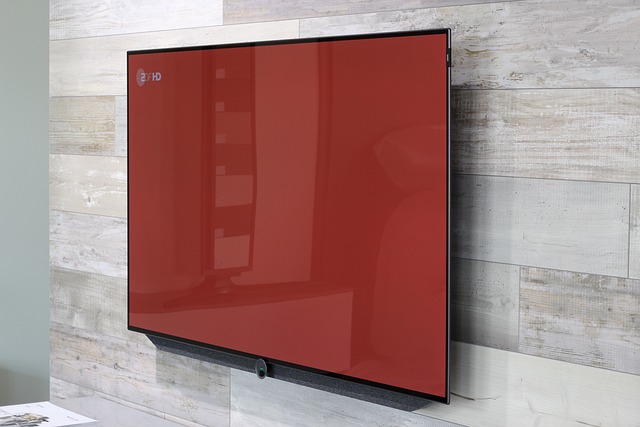Picture this: It’s movie night, and your 50-inch TV is glowing with the latest blockbuster—all powered by sunlight streaming through your windows. No grid dependency, no guilt about energy waste. Solar panels aren’t just for lighting homes or heating water; they’re versatile enough to handle your entertainment needs, too. But is it realistic to rely on solar energy for a larger screen like a 50-inch TV? Let’s dive into the details.

Why Solar Panels Are a Bright Idea for Home Energy
Solar power isn’t just a trend—it’s a revolution in how we think about energy. For homeowners, the benefits are clear: slashed utility bills, reduced environmental harm, and freedom from unpredictable energy costs. Appliances like TVs, especially larger models, can be a sneaky drain on your electricity. By switching to solar, you’re not just saving money—you’re powering your life sustainably.
The Energy Appetite of Your 50-Inch TV
Not all TVs are created equal. A modern 50-inch LED TV, for instance, might sip between 60–120 watts hourly, while older plasma models gulp far more. Factor in daily binge-watching sessions, and that energy adds up. Here’s the kicker: Solar panels can easily cover this demand. Let’s crunch the numbers:
- Daily Usage: A 100W TV running 5 hours/day = 500Wh (0.5 kWh).
- Monthly Cost: At 0.13/kWh,that’sroughly2/month—but multiply this across all devices, and solar savings shine.
Building Your Solar Setup: Key Considerations
To power a solar panel for 50 inch tv, you’ll need a system tailored to your habits. Here’s how to design it:
- Calculate Your TV’s Hunger
Check your TV’s wattage (often on the back or manual). Multiply by viewing hours for daily watt-hours. - Panel Power
A 300W solar panel generates ~1.2–1.5 kWh daily (assuming 4-5 peak sun hours). This easily covers a 50-inch TV and leaves room for other gadgets. - Battery Backup: Don’t Miss the Climax
Nighttime viewers need storage. A 200Ah lithium battery can power a 100W TV for 10+ hours, ensuring your shows go on after sunset. - Expandability
Planning to add a soundbar, gaming console, or lights? Oversize your system by 20% to accommodate future gadgets.
Installation Insights: Maximize Sunlight, Minimize Hassle
- Location, Location, Location: In the U.S., aim panels southward. Aussies? Face north. No shading allowed—keep trees and chimneys at bay.
- Tilt Tricks: Adjust angles seasonally. Winter sun sits lower; summer calls for flatter panels. Apps like Solar Tilt simplify this.
- DIY or Pro? While DIY kits save cash, pros handle permits, wiring, and efficiency tweaks. Worth considering for hassle-free setup.
Maintenance: Keep It Sunny-Side Up
- Dust Busting: Clean panels every 2–3 months with a soft brush and water. Dirty panels can lose 15% efficiency.
- Battery TLC: Lithium batteries last longer if kept between 20%–80% charge. Check terminals for corrosion annually.
- Monitor Smartly: Use a solar monitor app to track output and catch issues early.
Real-Life Wins: Solar-Powered Screens in Action
- The Green Streamers: A Colorado couple runs their 50-inch smart TV and Wi-Fi on a 400W panel + battery combo. Their monthly energy bill dropped by 40%—funding their Netflix subscription!
- Off-Grid Movie Nights: Jake in Oregon uses a portable 200W solar kit to power outdoor screenings of his favorite films. “It’s like having a drive-in theater in my backyard,” he raves.
What’s Next for Solar and Electronics?
Innovation is accelerating. Think ultra-thin panels blending into rooftops, TVs with built-in solar receivers, or AI systems that prioritize energy to your TV during peak hours. The future? Your entire home entertainment system could be carbon-neutral.
Ready to Plug Into the Sun?
Powering a 50-inch TV with a solar panel for 50 inch tv isn’t sci-fi—it’s today’s reality. Start by auditing your energy use, then explore solar kits tailored to your needs. Whether you opt for a simple setup or a full-home system, every watt you generate is a step toward energy independence.
Got Questions? Our solar experts are here to help you design a system that keeps your TV—and your lifestyle—powered by sunshine.